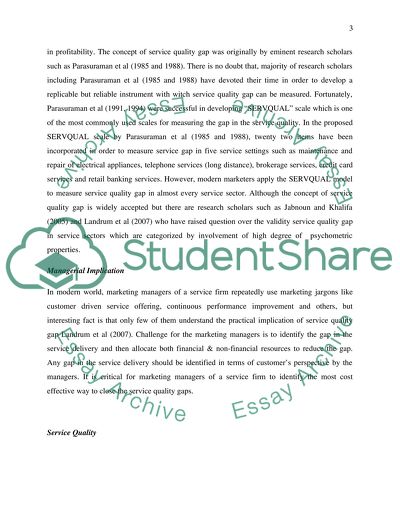Cite this document
(“Two key models in services marketing are the service gaps model and Essay”, n.d.)
Two key models in services marketing are the service gaps model and Essay. Retrieved from https://studentshare.org/marketing/1471937-two-key-models-in-services-marketing-are-the
Two key models in services marketing are the service gaps model and Essay. Retrieved from https://studentshare.org/marketing/1471937-two-key-models-in-services-marketing-are-the
(Two Key Models in Services Marketing Are the Service Gaps Model and Essay)
Two Key Models in Services Marketing Are the Service Gaps Model and Essay. https://studentshare.org/marketing/1471937-two-key-models-in-services-marketing-are-the.
Two Key Models in Services Marketing Are the Service Gaps Model and Essay. https://studentshare.org/marketing/1471937-two-key-models-in-services-marketing-are-the.
“Two Key Models in Services Marketing Are the Service Gaps Model and Essay”, n.d. https://studentshare.org/marketing/1471937-two-key-models-in-services-marketing-are-the.


